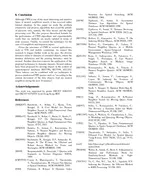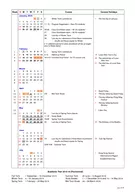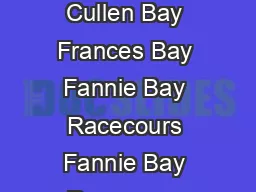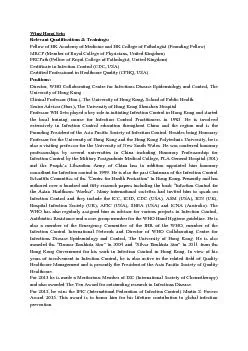PDF-Integration of Spatial Join Algorithms for Processing Multiple Inputs Nikos Mamoulis Department
Author : liane-varnes | Published Date : 2014-12-25
csusthkmamoulis Dimitris Papadias Department of Computer Science Hong Kong University of Science and Technology Clear Water Bay Hong Kong httpwwwcsusthkdimitris
Presentation Embed Code
Download Presentation
Download Presentation The PPT/PDF document "Integration of Spatial Join Algorithms f..." is the property of its rightful owner. Permission is granted to download and print the materials on this website for personal, non-commercial use only, and to display it on your personal computer provided you do not modify the materials and that you retain all copyright notices contained in the materials. By downloading content from our website, you accept the terms of this agreement.
Integration of Spatial Join Algorithms for Processing Multiple Inputs Nikos Mamoulis Department: Transcript
Download Rules Of Document
"Integration of Spatial Join Algorithms for Processing Multiple Inputs Nikos Mamoulis Department"The content belongs to its owner. You may download and print it for personal use, without modification, and keep all copyright notices. By downloading, you agree to these terms.
Related Documents














